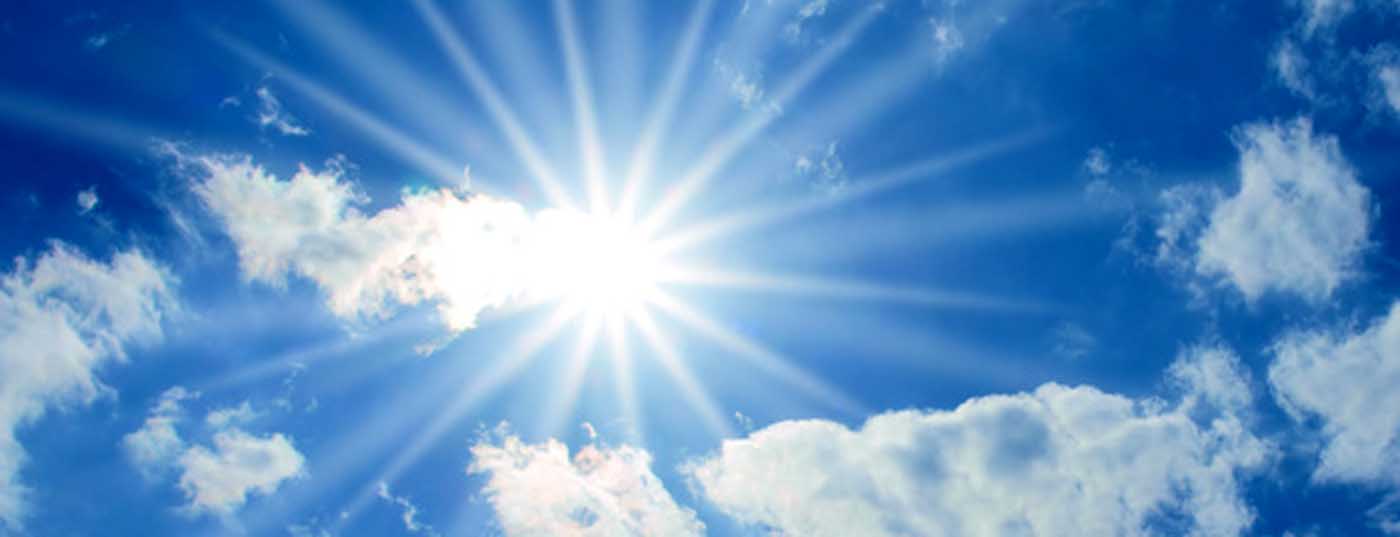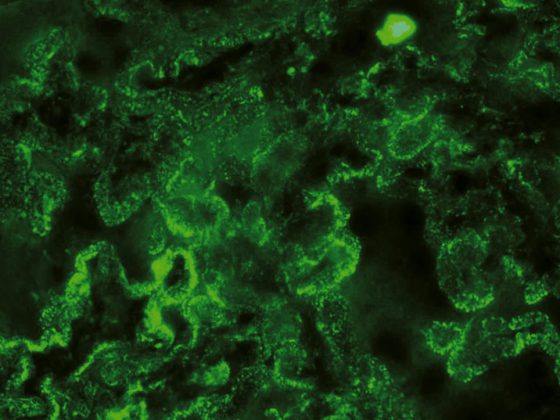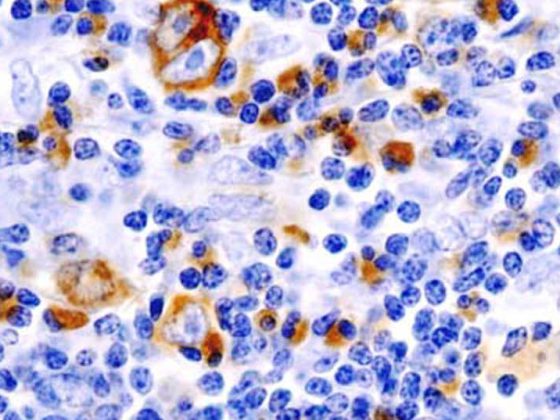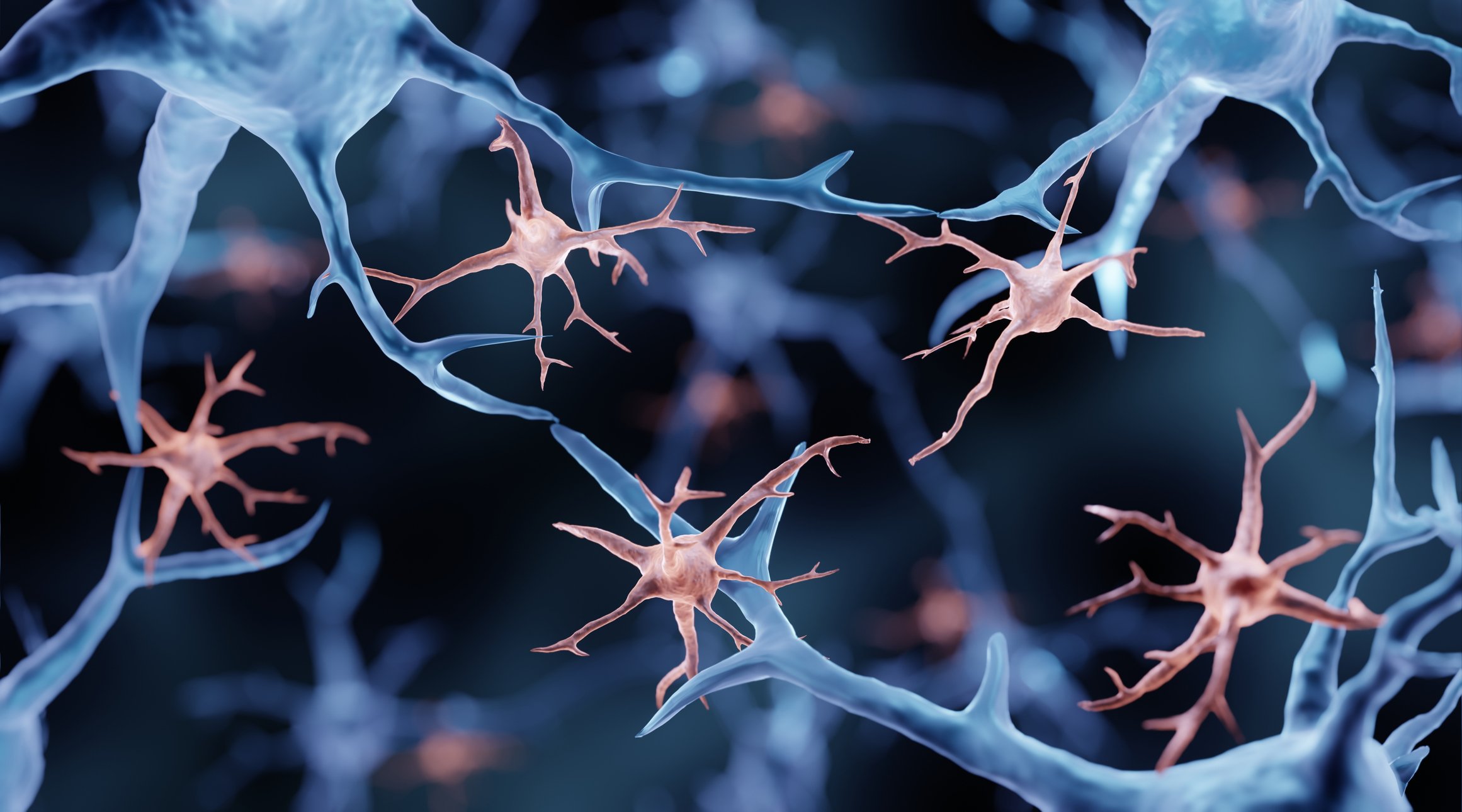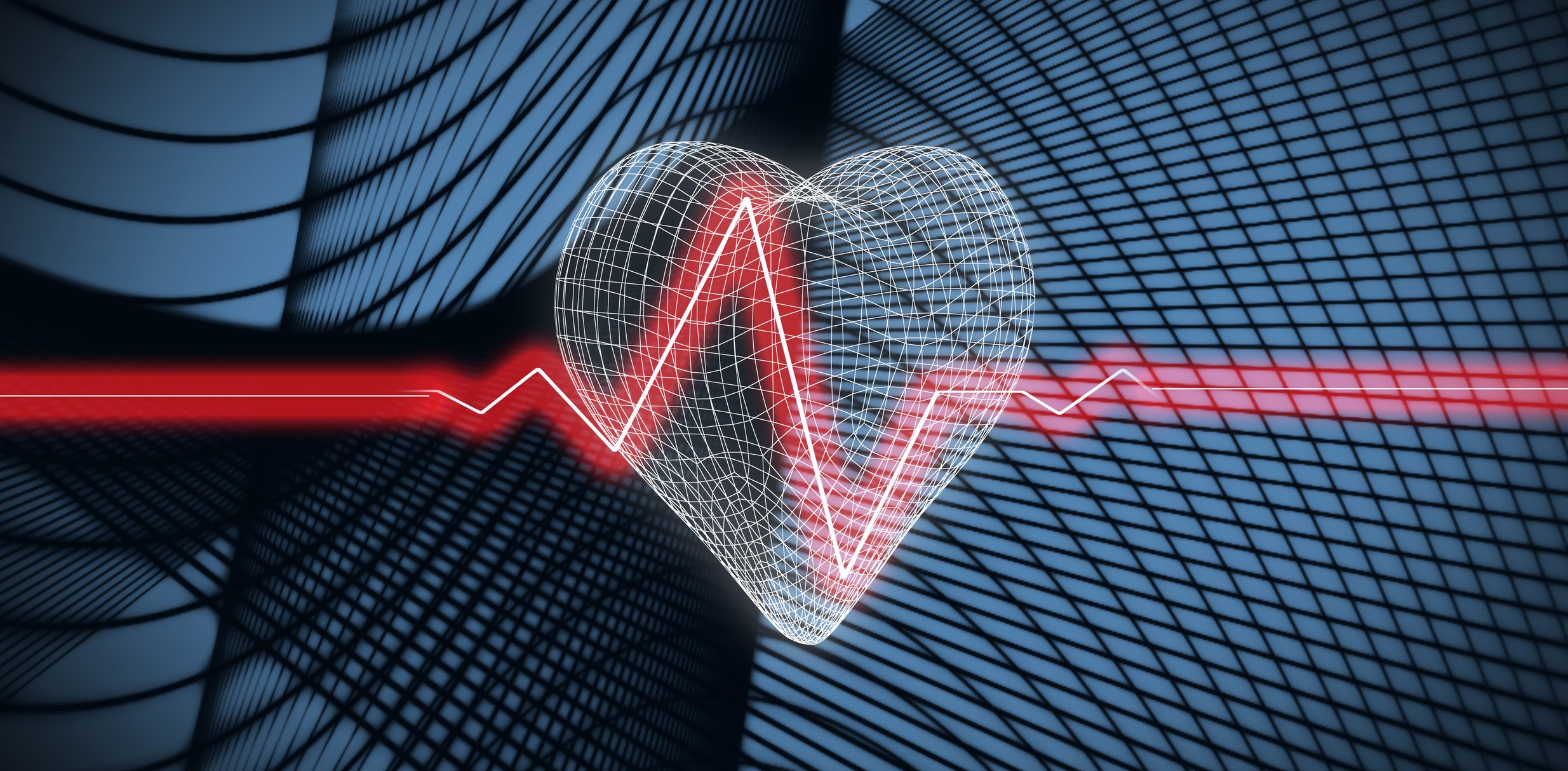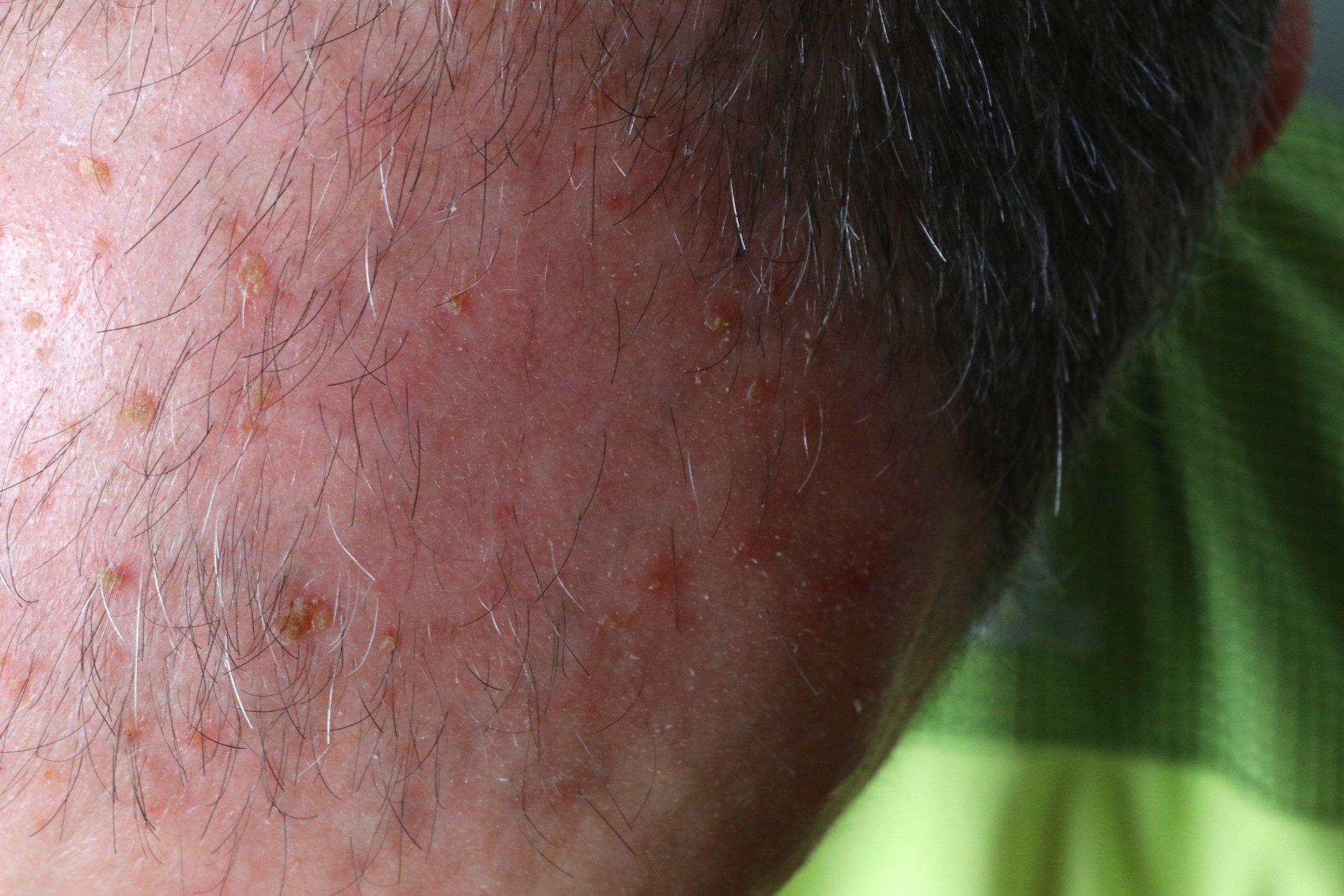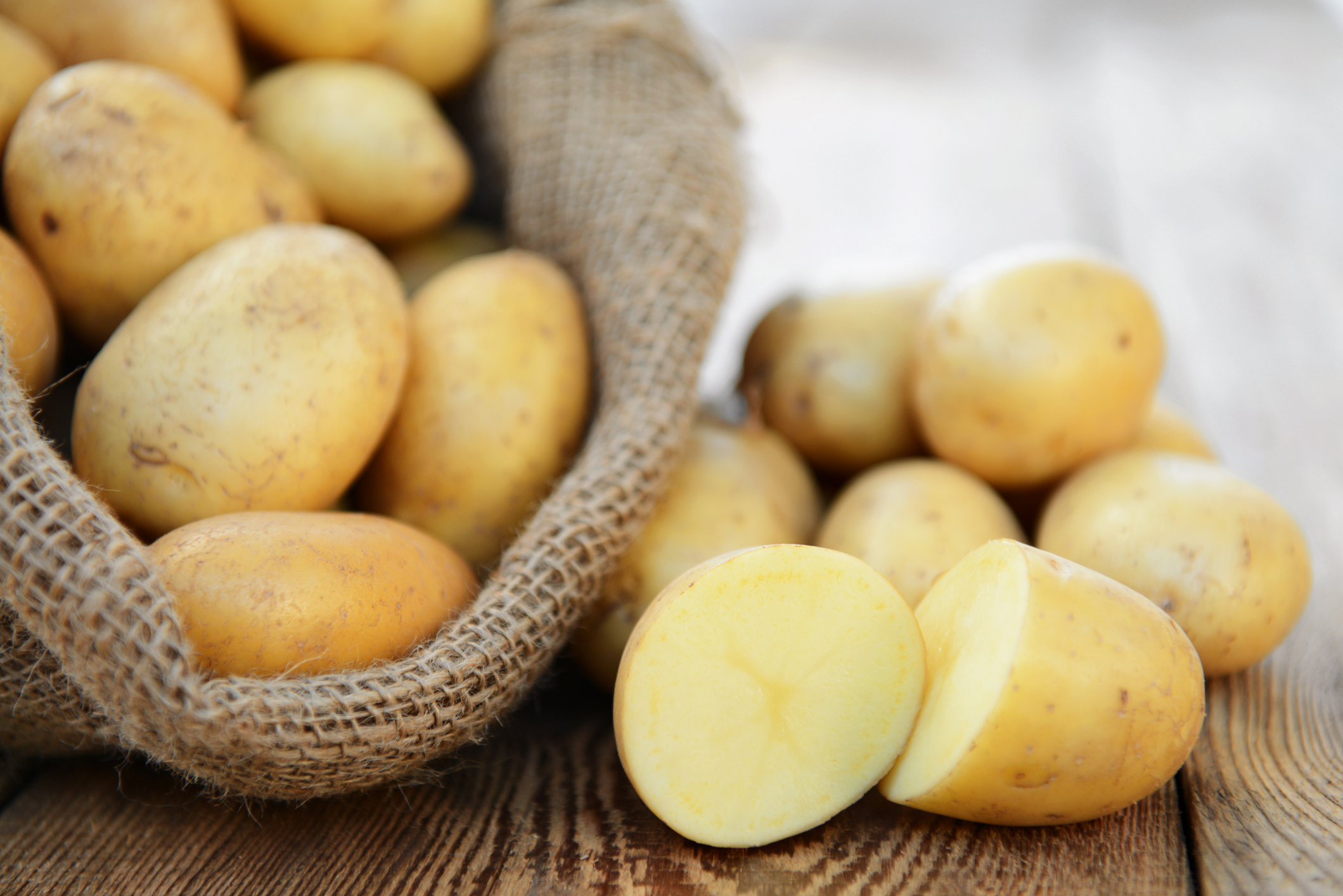Sun exposure and MS risk are linked – this is nothing new. But is the relapse rate of those who are already ill also influenced by the seasons? And are there differences depending on latitude? A new study reviewed these questions using data from 30 countries spread across both hemispheres. The results suggest a relationship between sunlight and thrust rate.
(ag) The problem with many previous studies on this topic is that they cannot be generalized. This is partly due to different diagnostic criteria and small case numbers, but also due to the limitation to a specific geographic region. It is therefore not surprising that the data vary widely, and in some cases even contradict each other.
A new study published in the Annals of Neurology [1] broadened the scope of investigation: Are there differences in the occurrence of relapse rates at different latitudes in the two hemispheres, and where do the peaks occur?
A total of 32,762 relapses in 9811 MS patients from 30 countries (and 55 centers) were analyzed by registry. From this, in addition to the seasonal thrust activity, the duration between the lowest UV radiation (winter) and the subsequent peak of the thrust rate was calculated.
The further away from the equator, the earlier the thrust peak
In fact, the annual onset of the relapses followed a cyclical, sinusoidal pattern with peaks in early spring and troughs in the fall. This was true for both hemispheres and is not surprising since it has recently been shown that skin UVB irradiation can attenuate autoimmunity via regulatory T cells and dendritic cells [2]. In autumn, after the body has been particularly exposed to the sun in summer, the rate of relapses is consequently lower. This effect – it is assumed – cannot be explained by increased vitamin D production alone, although it is an important factor.
Moving away from the equator in 10 latitude increments in the analysis, the duration between UV low and thrust peak shortened significantly by about one month each (28.5 days, 95% CI 3.29-53.71, p=0.028). The reason is the weaker solar radiation, the further one is away from the equator. Thus, in summer, the reserve of vitamin D and other important immune modulators can be replenished less than near the equator, resulting in deficiencies earlier in the year.
Literature:
- Spelman T, et al: Seasonal variation of relapse rate in multiple sclerosis is latitude dependent. Annals of Neurology 2014; 76(6): 880-890.
- Breuer J, et al: Ultraviolet B light attenuates the systemic immune response in central nervous system autoimmunity. Ann Neurol 2014; 75(5): 739-758.
InFo NEUROLOGY & PSYCHIATRY 2015; 13(1): 30.


